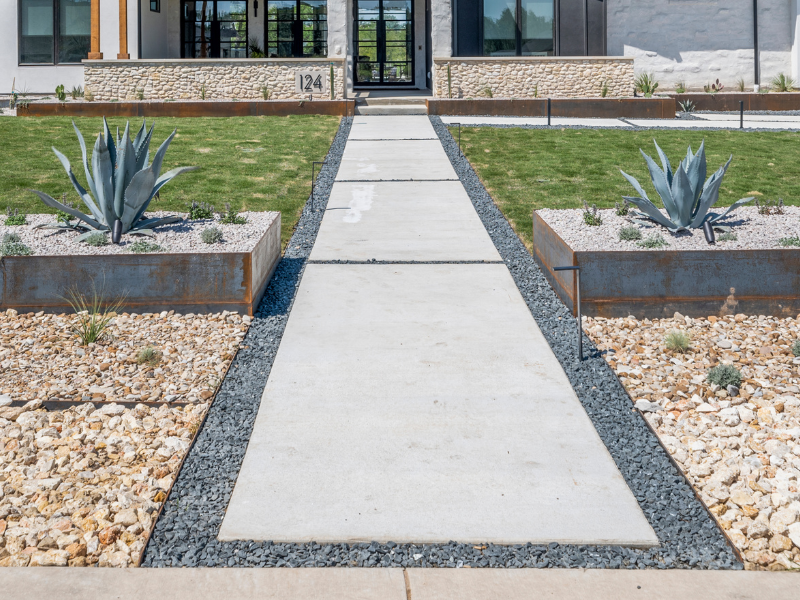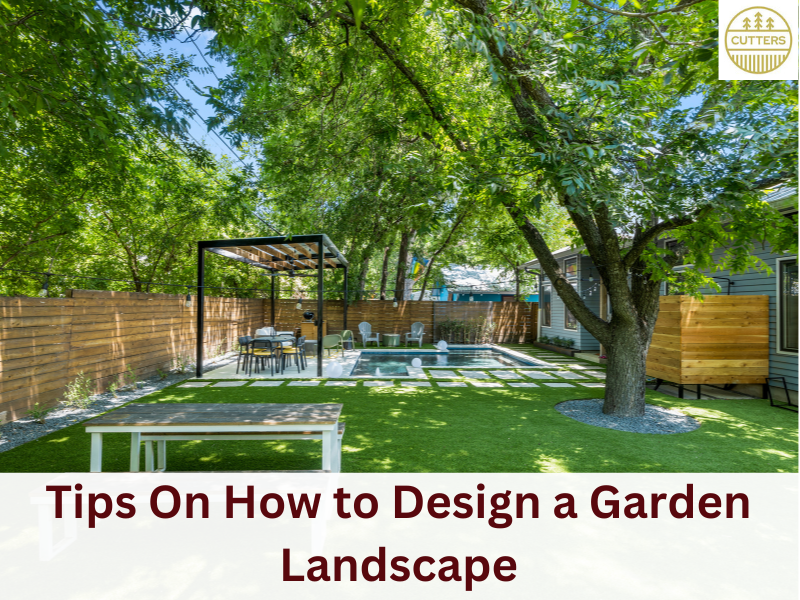11 Key Benefits of Hardscaping in Landscaping
Hardscaping refers to the incorporation of non-living, structural elements into your outdoor spaces. From beautiful patios to stone walkways and retaining walls, hardscaping services are becoming a pivotal part of comprehensive landscape design. Hardscaping services not only help to protect your landscaping investments but also transform the functionality and appeal of your outdoor space.
In this blog post, we’ll delve into the world of hardscaping and explore the top benefits of integrating these features into your landscape. Let’s discover how this blend of aesthetics and functionality can enrich your outdoor living experience.
Adds Aesthetic Appeal
Hardscaping provides the aesthetic balance necessary for a pleasing landscape design. It adds texture, contrast, and structure, complementing and highlighting the green elements. A landscape company plays an instrumental role in enhancing this aesthetic appeal through thoughtful hardscaping design and implementation.
Boosts Property Value
Hardscaping can significantly increase your property’s value. Well-designed patios, pathways, retaining walls, and other hardscape features can create a favorable first impression, enticing potential buyers. Investing in professional hardscaping services is thus a strategic way to maximize property value.
Reduces Soil Erosion
Hardscape features like retaining walls and gravel paths can effectively prevent soil erosion, maintaining the integrity of your landscape. They provide structure and stability to slopes and uneven ground, ensuring your garden stays lush and healthy.
Requires Low Maintenance
Compared to traditional landscaping, hardscaping requires minimal maintenance. Hardscape elements like stone patios or pathways are durable and don’t require regular watering, mowing, or trimming, saving both time and resources in the long run.
Enhances Usability of Space
Hardscaping allows you to utilize your outdoor space more effectively. By creating designated areas for outdoor cooking, dining, or relaxing, you can extend your home’s living space and enhance your outdoor lifestyle.

Facilitates Creation of Outdoor Living Spaces
Hardscaping provides the foundation for outdoor living spaces. It’s the framework for your patios, decks, outdoor kitchens, and fire pits – areas that can serve as an extension of your home for entertainment or relaxation.
Increases Privacy
Strategically placed hardscape elements like fences, walls, or screens can increase the privacy of your outdoor spaces, turning your yard into a personal sanctuary.
Improves Accessibility
Hardscaping improves accessibility in your landscape, with pathways and paved areas ensuring safe and easy navigation throughout your garden, irrespective of weather conditions.
Supports Water Efficiency
Hardscaping can contribute to more efficient water usage in your landscape. With less grass to water and more drought-tolerant hardscape areas, you can significantly reduce your water usage and conserve this vital resource.
Contributes to Energy Efficiency
Properly placed hardscape features like pergolas and trees can provide shade, reducing the need for air conditioning and thus saving energy. By investing in professional hardscaping services, you can optimize this energy efficiency.
Diversifies Landscape Design
Hardscaping adds diverse elements to your landscape design, offering a variety of shapes, textures, and colors that enrich your garden’s visual interest. It balances the softscape components, providing structure and formality to your outdoor space.
Conclusion
In conclusion, hardscaping offers numerous benefits – from boosting property value and aesthetic appeal to reducing maintenance and promoting energy efficiency. The role of a landscaping contractor, such as Cutters Landscaping, is instrumental in leveraging these benefits to transform your outdoor space.
With our expertise, you can ensure the best use of hardscaping elements to accentuate the beauty of your property while addressing functional needs. Hence, we encourage you to consult with a professional contractor to explore the potential of hardscaping in your landscape design. So let’s work together to create an outdoor haven perfect for you.
Frequently Asked Questions
- What is a hardscape structure?
A hardscape structure refers to the inanimate elements of landscaping, such as patios, walkways, walls, or outdoor kitchens, usually constructed using hard materials like stone, concrete, or metal.
- How do you do hardscaping?
Do hardscaping by first assessing the area, planning the design, and then using durable materials like brick, stone, or concrete to construct the desired structures, ensuring functionality and aesthetic appeal.
- Is water softscape or hardscape?
According to us, water is typically considered a part of softscape, not hardscape. This is because softscape refers to the live horticultural elements of a landscape, like plants, trees, and flowers, which include water features.
- What are hardscape materials in landscape?
Hardscape materials in landscape design commonly include non-living, durable elements such as brick, stone, concrete, metal, and wood, used to create structures like patios, walkways, retaining walls, and decks.





